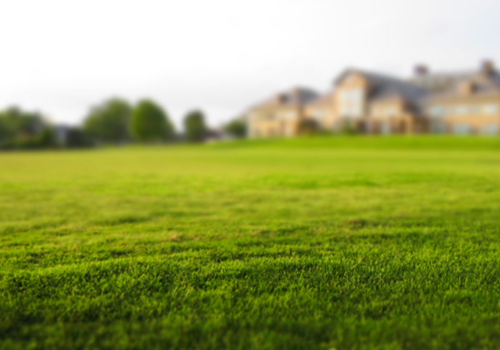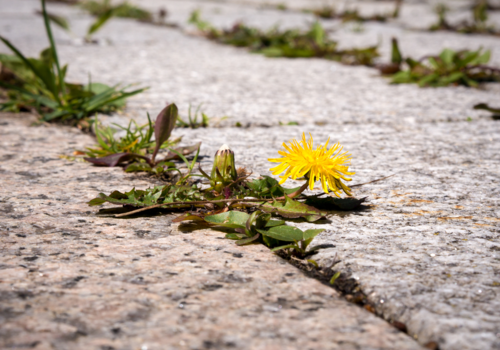
Weeds and rough grasses will take advantage of any weaknesses in your lawn. A thick, healthy lawn helps to dissuade these unwanted plants from growing, but if they do break through, they need to be treated quickly before they take over. Here is our guide on how to recognise and deal with the most common unwanted grasses in your lawn.
Annual meadow grass and rye grass
These grasses are actually quite desirable in utility lawns and so they may well go unnoticed, but if you have a fine-leaved ornamental lawn, then they can be troublesome. Golf courses are particularly susceptible to these types of grasses and they can only really be controlled by hand pulling the plants as soon as they appear. If they are completely out of control, you can only remove them by starting again and deep scarifying and overseeding the whole affected area. Read our article on overseeding an existing lawn for more information about overseeding.
Yorkshire Fog
Yorkshire Fog is a broad, soft, pale green leaf that is sometimes mistakenly called 'couch grass'. It forms in clumps and so it is quite noticeable when it appears. If you want to get rid of it, you must cut out each individual plant as it appears, or replace entire clumps with new lawn seed, grass seed or turf.
Rough Stalked Meadow Grass
The worst of the weed grasses is the least common, but also the easiest to treat. Rough stalked meadow grass has stiff, broad, dark green leaves and forms in dense clumps or whorls. If you have this grass in your lawn it will be very obvious and you should remove it as soon as you spot it, or it can quickly take over the lawn. If you catch it early, then it will not be able to establish. Small patches can be pulled or dug out and replaced with new seed. Larger patches may need to be killed off and reseeded.

